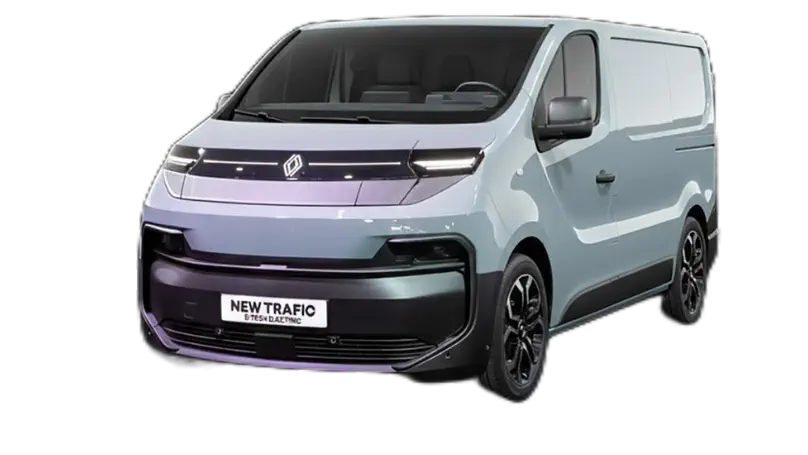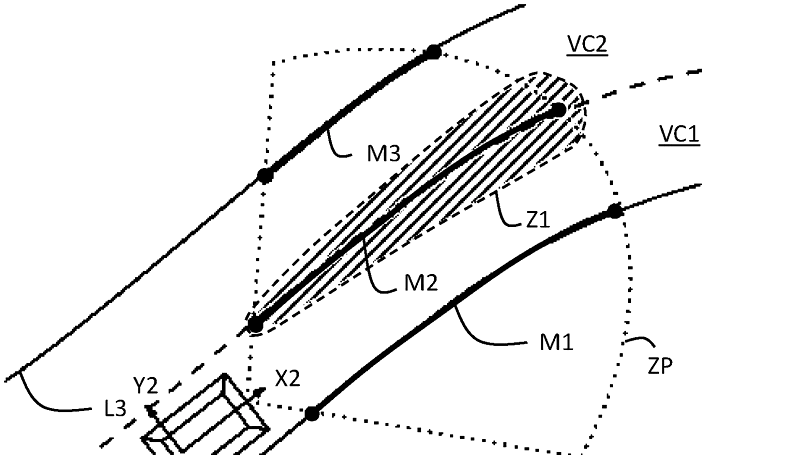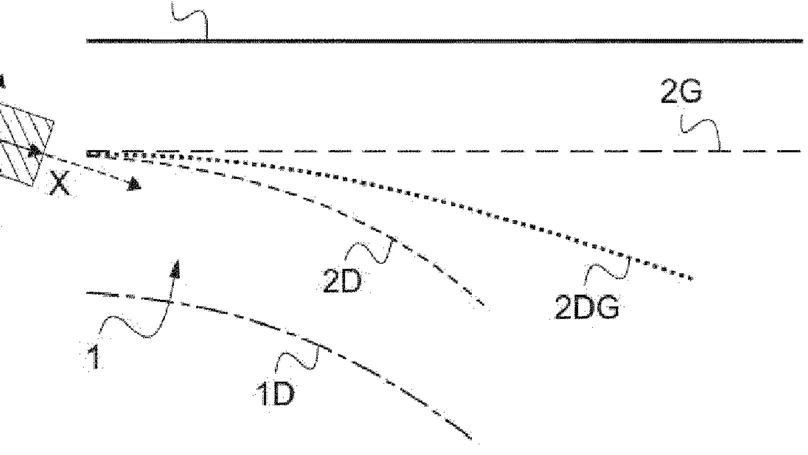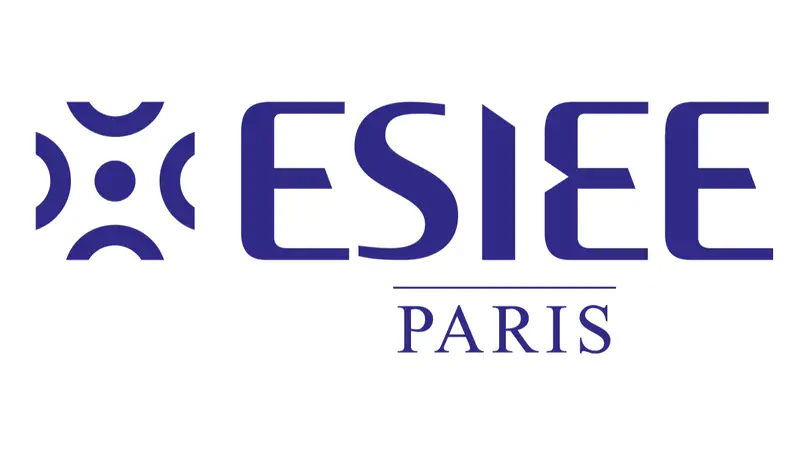About me
Since 2016, I work and research for making vehicles smarter and safer. Today, I design, implement and validate algorithms for road scene understanding in ADAS software of Renault vehicles. I obtained a PhD in Automation and Robotics from Université de Technologie de Compiègne in partnership with Renault Group.
Download my resumé.
Interests
- Intelligent vehicles
- Artificial Intelligence
- Computer Vision
Education
-
PhD in Automation and Robotics, 2022
Université de Technologie de Compiègne
-
MSc in Complex Systems Engineering, 2017
Université de Technologie de Compiègne
-
MSc in Computer Engineering, 2017
University of Genoa
-
BSc in Computer Engineering, 2015
University of Genoa
Projects
*
Experience
AD/ADAS Software Engineer
Ampère (by Renault Group)
Research Engineer | PhD Student
Renault Group
Research Intern
Heudiasyc
Recently

Lectio magistralis delivered for the ECN Mastère Spécialisé, introducing key concepts in sensor fusion and scene understanding for autonomous driving and ADAS.
Accomplishments
* Ask Questions to Make Data-Driven Decisions
* Prepare Data for Exploration
* Process Data from Dirty to Clean
* Analyze Data to Answer Questions
* Share Data Through the Art of Visualization
* Data Analysis with R Programming
* Google Data Analytics Capstone: Complete a Case StudyPublications
(2025).
Perception Metrics for Intelligent Vehicles: An Application-Focused Evaluation.
ITSC 2025.
(2024).
Method for detecting a boundary of a traffic lane.
Patent.
(2023).
Procédé de détection d'une limite d'une voie de circulation.
Patent FR3128304.
(2022).
Multi-sensor data fusion for lane boundaries detection applied to autonomous vehicle.
PhD Thesis.
(2020).
Multisensor Tracking of Lane Boundaries based on Smart Sensor Fusion.
IV Symposium.
(2018).
Fusion of evidential occupancy grids for cooperative perception.
In SoSE 2018.
Contact
- test@gmail.com
- 888 888 88 88
- 450 Serra Mall, Stanford, CA 94305
- Enter Building 1 and take the stairs to Office 200 on Floor 2
-
Monday 10:00 to 13:00
Wednesday 09:00 to 10:00 - Book an appointment
- DM Me
- Zoom Me









